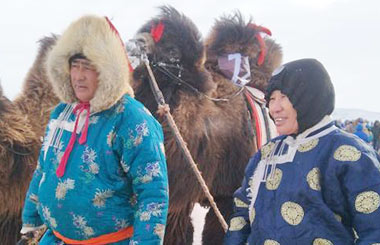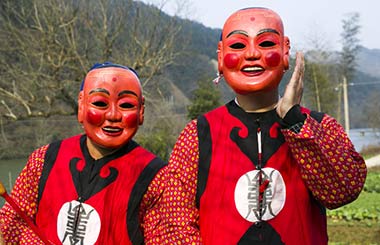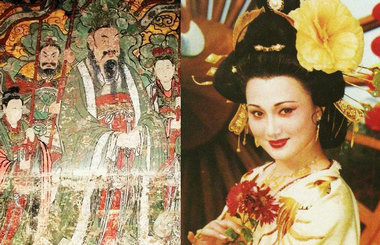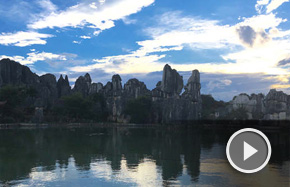China to revise textbook language on anti-Japanese war
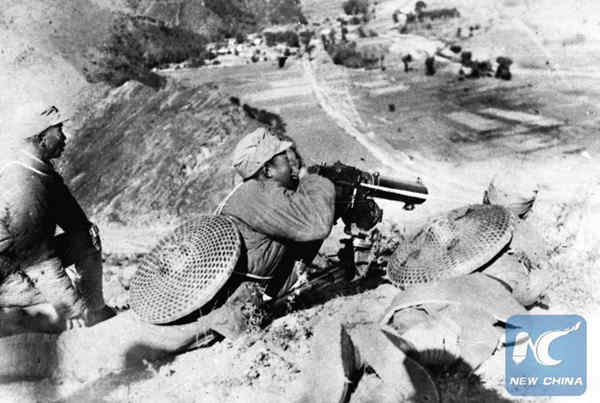 |
|
File photo [Photo/Xinhua] |
Starting in the spring semester of 2017, China's textbooks will adopt the phrase "14-year Chinese People's War of Resistance Against Japanese Aggression," marking a revision to the current wording, the Ministry of Education said Tuesday.
A document on the revision, issued by the ministry, mandates textbooks fully reflect the crimes committed by Japanese troops in the war, underscoring the continuity of the 14 years of war against Japanese aggression starting in 1931.
Textbooks currently use the phrase "Eight-year Chinese People's War of Resistance Against Japanese Aggression," which reflects the date of the beginning of Japan's full-scale invasion of China on July 7, 1937.
China was the first nation to fight against fascist forces. The struggle started as early as September 18, 1931, when Japanese troops began their invasion of Northeast China. It was intensified when Japan's full-scale invasion began after a crucial access point to Beijing, Lugou Bridge, also known as Marco Polo Bridge, was attacked by Japanese troops on July 7, 1937.
On Sept 18, 1931, Japanese troops blew up a section of railway under its control near Shenyang, then accused Chinese troops of sabotage as a pretext for attack. They bombarded barracks near Shenyang the same evening, starting the 14-year bloody invasion. This was known as the September 18 Incident.
"To revise 'eight-year war of resistance' into '14-year war of resistance' not only is the consensus among Chinese historians, but also conforms to historical truth," said Wang Jianxue, vice chairman of the China Association of Historians Studying Modern Chinese Historical Materials.
The September 18 Incident was the start of the Chinese people's resistance against Japanese invasion, ushering in a prelude of the world anti-Fascist war and delivering a profound impact on world history, he added.
As China marked the 70th anniversary of the victory in the Chinese People's War of Resistance against Japanese Aggression and the end of WWII, Chinese President Xi Jinping in July 2015 urged researchers to study events from 1931 as well as those after 1937.
"We should refute with solid facts those arguments that try to distort, deny or whitewash the history of invasion," he said.
From September 18, 1931 to 1933, more than 300,000 Chinese soldiers fought against Japanese troops in Northeast China, according to research by the Institute of Modern History under the Chinese Academy of Social Sciences.
In fact, the new wording is already used in reference textbooks in some provinces, including Liaoning. For example, a textbook on the September 18 Incident, published in 2015 in Liaoning, clearly uses the "14-year" phrase.
Xiao Ling, a history teacher at a middle school in Shenyang, capital of Liaoning, welcomed the revision.
"When students asked me when the beginning of the anti-Japanese war actually was, I had great difficulty explaining it to them, because compulsory textbooks use the 'eight-year' phrase," she said.
The compulsory textbooks have not been revised for a long time, but research on wartime history in recent years has made the 14-year time frame for the anti-Japanese war a widely recognized conclusion, said the teacher.
"More than 70 years have passed since the end of China's resistance war against Japanese invasion. Yet a large amount of historical materials still await in-depth study by Chinese historians," said Zhang Jie, a researcher with the Liaoning Academy of Social Sciences.
More than 35 million Chinese soldiers and civilians were killed or wounded in the anti-Japanese war.







